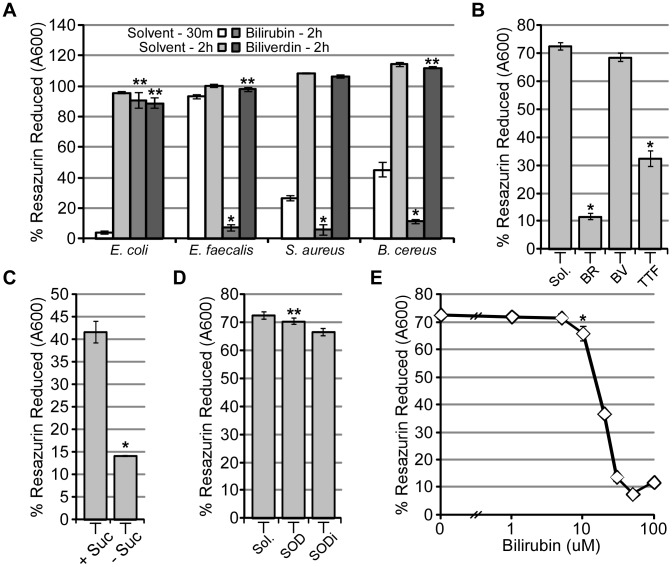Figure 6. E. faecalis metabolism decreases after exposure to bilirubin.
(A) E. coli (86-24), E. faecalis, B. cereus, and S. aureus were supplemented with resazurin and incubated with heme (50 µM), biliverdin (500 µM), bilirubin (50 µM), and bilirubin ditaurate (500 µM) for either 30 minutes or 2 hours. Unreduced resazurin was monitored by absorbance at 600 nm. (B) E. faecalis cultures were supplemented with resazurin and solvent (NaOH, Sol.), bilirubin (100 µM, BR), biliverdin (100 µM, BV), or TTF (1 mM, a known inhibitor of succinate dehydrogenase) while incubated in 1× PBS with 0.5% sucrose for 30 minutes at 37°C. (C) Similar to panel B, E. faecalis cultures were supplemented with resazurin and either superoxide dismutase (SOD, 1000 U/mL) or heat-inactivated superoxide dismutase (SODi, 1000 U/mL). (D) E. faecalis supplemented with resazurin and diluted into 1× PBS with 0.5% sucrose (+Suc.) or without sucrose (−Suc.) and incubated for 30 minutes at 37°C. (E) E. faecalis supplemented with resazurin and increasing amounts of bilirubin (1, 5, 10, 20, 30, 50, and 100 µM) in similar conditions as panels B and C. Error bars represent ± one standard deviation, n = 3, and the (*) denotes a significant (P≤0.05) difference while (**) denotes a non-significant difference (P>0.05) between treated samples and solvent-treated samples.

